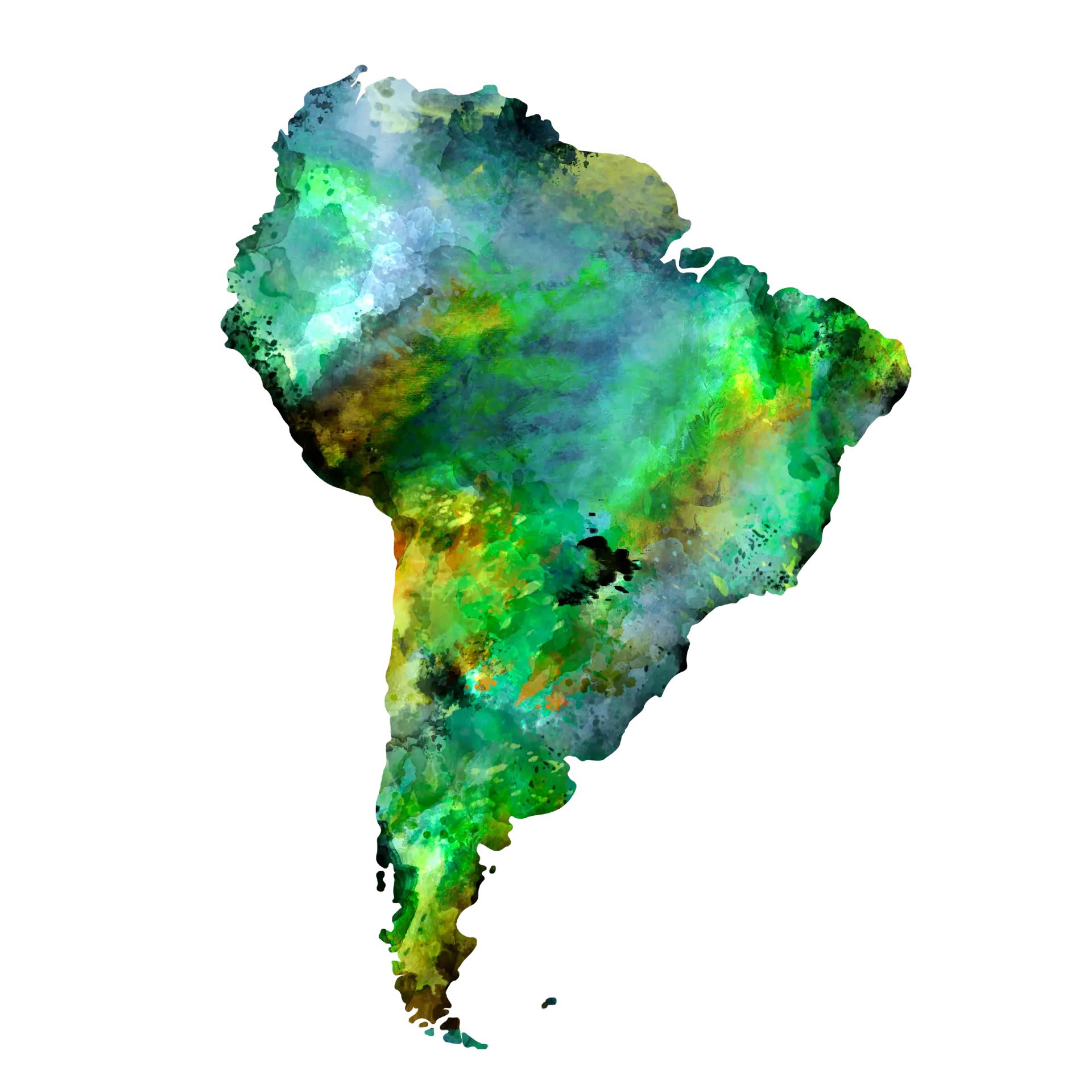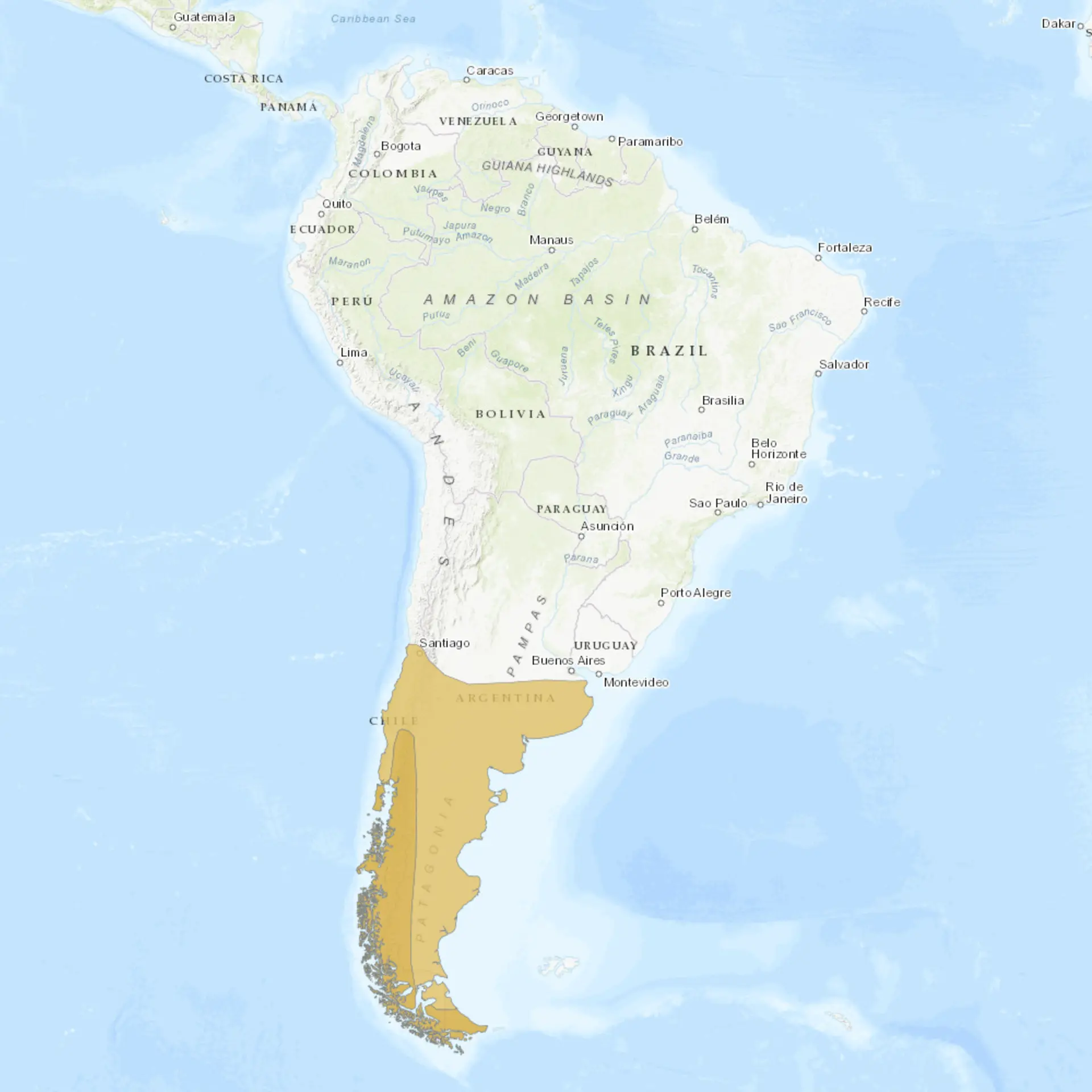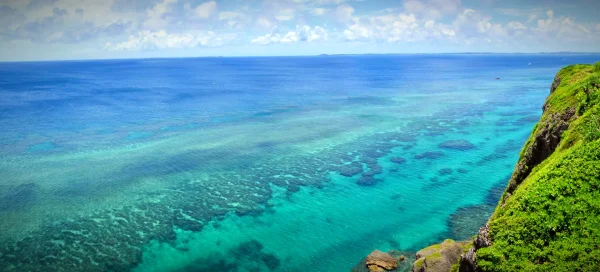Overview
The Ashy-headed Goose, known scientifically as Chloephaga poliocephala, is a striking bird species native to South America. Characterized by its distinct ashy-gray head and neck, which contrasts sharply with its predominantly brown body, this goose belongs to the Anatidae family. Males and females look similar, though males are typically larger and have a more pronounced white ring around the base of the neck. These geese are often found in pairs or small family groups, displaying strong pair bonds and exhibiting high territoriality during the breeding season.
Ashy-headed Geese prefer habitats such as open grasslands, wetlands, and the shores of lakes and rivers. They are particularly adapted to cold, southern temperate environments, often found in South America’s Patagonian and Fuegian regions. During the non-breeding season, they may migrate northward to more temperate climates, demonstrating their adaptability to different environmental conditions. Their preference for grasslands near water bodies is vital for their grazing habits and provides necessary resources for nesting and raising young.
Unique among geese, the Ashy-headed Goose is more of a grazer than a swimmer. They spend a significant amount of time on land, feeding primarily on grasses and herbs. While they are capable swimmers and occasionally forage in shallow waters, their physical adaptations are more geared toward terrestrial feeding. Their feeding behavior is characterized by grazing in open fields, where they can be observed walking with a steady, deliberate pace.
Taxonomy
Kingdom
Phylum
Class
Order
Family
Genus
Species
Type
Current distribution:
The Ashy-headed Goose is found predominantly in the southern part of South America. Their range extends from southern Chile and Argentina, including the Patagonian region, down to the southernmost tip of the continent. They are also commonly found on the islands of Tierra del Fuego. During winter, some populations migrate northward, reaching as far as the Pampas region of Argentina.
Their distribution is closely linked to the availability of suitable grassland and wetland habitats. While not considered migratory in the traditional sense, their movements are influenced by seasonal changes in food availability and climate. Preserving their natural habitats is crucial for maintaining healthy populations of this species.
Physical Description:
The Ashy-headed Goose has a distinctive appearance with its ashy-gray head and neck, setting it apart from other goose species. The body is primarily brown, with a lighter, barred underbelly and a dark brown back. Their legs and feet are orange and have a short, black bill. In flight, their white wing coverts contrast sharply with the darker wingtips, creating a striking visual effect.
These geese are medium-sized, with a body length ranging from 20 to 24 inches and a wingspan of approximately 53 to 59 inches. Males are generally larger than females but exhibit similar plumage patterns. Their build is robust, typical of geese, with a strong neck and a relatively heavy body. Despite their sturdy build, they are agile on land and capable of swift flight.

Lifespan: Wild: ~15 Years || Captivity: ~20 Years

Weight: Male: 5.5–6.6 lbs (2.5–3 kg) || Female: 4.4–5.5 lbs (2–2.5 kg)

Length: Male: 22–24 in (56–61 cm) || Female: 20–22 in (51–56 cm)

Wingspan: Male & Female: 53–59 in (135–150 cm)

Top Speed: 50 mph (80 km/h)
Characteristic:
Native Habitat:
The Ashy-headed Goose is native to the southern regions of South America, particularly in Patagonia and Tierra del Fuego. They inhabit open grasslands and wetlands, often near lakes, rivers, and ponds. These habitats provide them with ample grazing opportunities and access to water. Nearby water bodies are essential for their safety, as they offer a quick escape from terrestrial predators.
During the breeding season, they prefer areas with dense vegetation near water bodies for nesting. The nests are typically well-hidden and located on the ground, often concealed in tall grass or under bushes. The surrounding wetlands and grasslands also provide important resources for the goslings once they hatch. Their habitat preferences highlight the importance of preserving these unique ecosystems to conserve the species.
Climate Zones:
Biomes:
Biogeographical Realms:
Continents:
Diet:
Diet & Feeding Habits:
Ashy-headed Geese primarily feed on grasses and herbs, reflecting their adaptation to a grazing lifestyle. They prefer short, green grass, which they consume in large quantities. While they occasionally feed on aquatic plants and small invertebrates, these constitute a minor part of their diet. Their feeding behavior is characterized by grazing on land, where they can be observed methodically nibbling at vegetation.
These geese typically feed in open areas, with good visibility to watch for predators. They are often found in pairs or small groups, which may help alert each other to potential threats. Their feeding times are mainly during the day, although they may also feed at dusk or dawn. The ability to extract nutrients from grasses and herbs is key to their survival in their grassland habitats.
Mating Behavior:
Mating Description:
Ashy-headed Geese are monogamous birds, often forming long-term pair bonds. During the breeding season, they become highly territorial, defending their nesting area against intruders. Courtship behavior includes mutual preening, head-bobbing, and loud calling. These displays strengthen the pair bond and are crucial for successful mating and rearing of offspring.
Nesting usually occurs in spring and early summer. The female lays a clutch of 4 to 8 eggs, which she incubates for about a month. During this period, the male stands guard near the nest, protecting the female and eggs from predators. Once the goslings hatch, they are precocial and can leave the nest within a day, following their parents to forage.
Reproduction Season:
Birth Type:
Pregnancy Duration:
Female Name:
Male Name:
Baby Name:
Social Structure Description:
The Ashy-headed Goose exhibits a social structure that varies with the seasons. During the breeding season, they are territorial and mostly found in pairs or small family groups. This behavior facilitates successful breeding and rearing of goslings, as the parents can focus on protecting and feeding their young. The strong pair bonds and family ties are evident during this period.
Outside the breeding season, Ashy-headed Geese become more gregarious, forming larger flocks. These flocks can be seen in grasslands and wetlands, where they feed and roost together. The formation of flocks provides safety in numbers and may enhance foraging efficiency. Their social behavior balances territoriality during breeding and sociability in other seasons.
Groups:
Conservation Status:
Population Trend:
The Ashy-headed Goose population is stable, with no major threats leading to a significant decline. They are relatively common within their natural range, particularly in the less disturbed areas of Patagonia and Tierra del Fuego. During the breeding season, they are typically found in pairs or small family groups, indicating successful breeding and rearing of young.
In winter, they may form larger flocks, especially in areas where they migrate for the season. These flocks can include several dozen individuals, demonstrating their ability to assemble in larger numbers when conditions favor it. The stability of their population is largely due to their adaptability to different habitats and the availability of ample food sources in their native range.
Population Threats:
The primary threat to the Ashy-headed Goose is habitat loss and degradation, particularly the destruction and alteration of grasslands and wetlands. Agricultural expansion, livestock grazing, and urban development can reduce the quality and availability of their preferred habitats. Additionally, water pollution and changes in water quality can impact their food sources and overall health.
Climate change is a potential long-term threat, as it may alter the ecosystems they depend on. Changes in precipitation patterns and temperature could affect the availability of suitable habitats and food resources. Despite these concerns, their current population status remains stable, but ongoing monitoring and conservation efforts are essential.
Conservation Efforts:
Conservation efforts for the Ashy-headed Goose focus heavily on habitat preservation and sustainable management practices. Efforts include protecting critical grassland and wetland ecosystems from agricultural expansion, urban development, and pollution. These habitats are crucial for feeding, breeding, and migratory stopovers. Environmental regulations and protected area designations, such as national parks and wildlife reserves, are instrumental in safeguarding these vital ecosystems.
In addition to habitat conservation, community engagement and education play a vital role in conserving the Ashy-headed Goose. As the primary stewards of these habitats, local communities are encouraged to participate in sustainable land-use practices and conservation initiatives. Research and monitoring are also key, with studies to understand the species’ ecology, population dynamics, and responses to environmental changes. Given the bird’s range across multiple South American countries, international collaboration is essential to ensure a coordinated and effective approach to conservation.
Additional Resources:
Fun Facts
- Ashy-headed Geese can fly long distances during migration, showcasing remarkable stamina and navigational skills.
- They are known for their loud, honking calls, which are often used to communicate with each other, especially during the breeding season.
- Unlike many other goose species, they are more adept at walking and grazing on land than swimming.
- The ashy-gray coloration of their heads and necks gives them a distinctive camouflage in their grassland habitats.
- Their bill has a unique adaptation that allows them to graze on grasses and herbs efficiently.
- Ashy-headed Geese often exhibit a high level of parental care, with both parents involved in protecting and leading their goslings.
- During flight, their white wing coverts contrast strikingly against their darker body, making them easily identifiable.
- They are one of the few goose species that predominantly inhabit the southern temperate regions of South America.
- The Ashy-headed Goose’s preference for grasslands near water bodies is a key factor in their choice of breeding sites.
- In some regions, they are considered a symbol of the wild and unspoiled nature of the Patagonian landscapes.



















































































